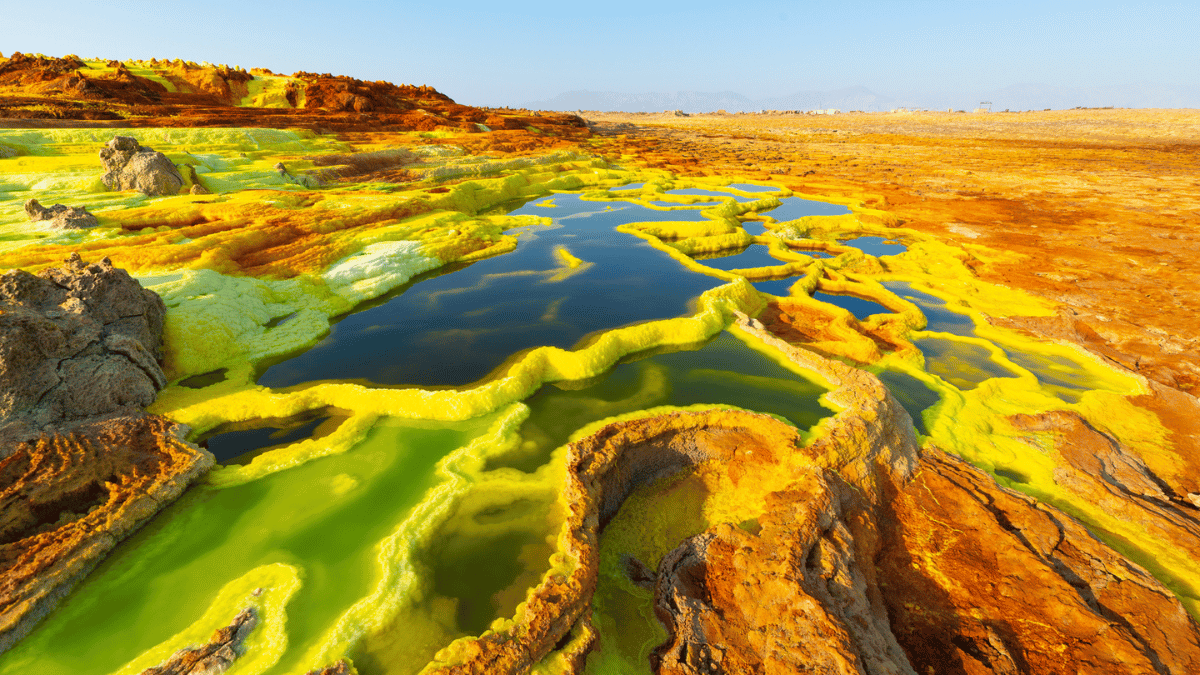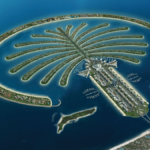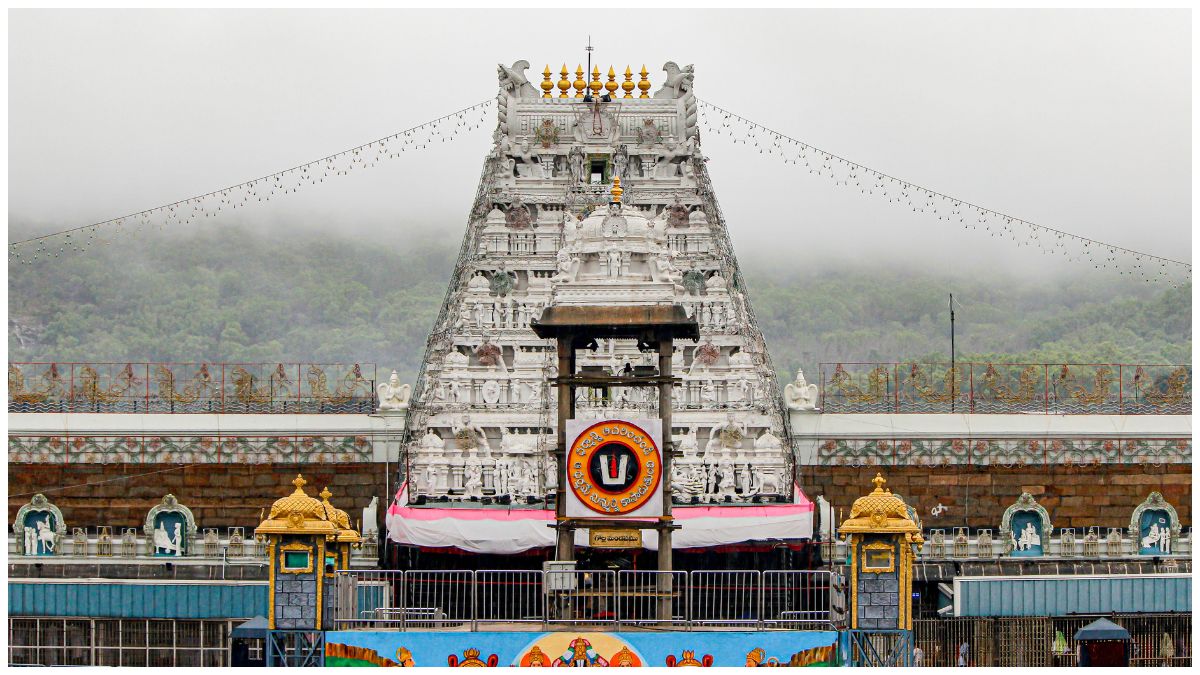Exploring Life in Dallol: The Hottest Inhabited Place on Earth
Dallol, situated in Ethiopia, serves as a captivating illustration of nature’s captivating yet extreme facets. Nestled in the heart of the Afar Triangle, this locale mesmerizes with its otherworldly landscape and searing temperatures, earning the title of the hottest inhabited place on Earth.
Nature’s Wonders:
Dallol, a region within the East African Rift, is witness to the gradual separation of three tectonic plates—African, Arabian, and Somali. This geological phenomenon has birthed a surreal landscape adorned with vivid hot springs, acidic pools, and salt formations.
The Dallol Volcano, a prominent feature, is surrounded by hot springs and fumaroles that emit an array of minerals and gases. Sulphur, potash, salt, and other minerals contribute to the vibrant palette of yellow, green, and red, transforming Dallol into an artist’s canvas set amid a desolate desert.
Unyielding Temperatures:
Dallol’s reputation as the hottest inhabited place is no exaggeration, with an average annual temperature around 34.4 degrees Celsius and daytime temperatures soaring well above 49 degrees Celsius. The intense heat, coupled with arid conditions and low elevation, creates an environment that tests the limits of human endurance.
Despite these extreme conditions, a resilient group, primarily Afar pastoralists, has made Dallol their home. Drawing on traditional knowledge passed down through generations, they have adapted to the challenging environment and forged sustainable communities.
Challenges of Life in Dallol:
Living in Dallol presents unique challenges. The constant concern for access to water in this arid region poses difficulties for both human and animal inhabitants. Additionally, the extreme temperatures demand careful planning to avoid heat-related illnesses.
Ecosystem Concerns:
As human activities, including mining and tourism, intensify in the region, there’s a growing apprehension about the impact on Dallol’s delicate ecosystem. Balancing economic opportunities with the imperative to preserve the unique geological features and biodiversity becomes crucial.
Efforts are underway to promote sustainable practices, education, and responsible tourism initiatives to ensure that Dallol remains a unique and enduring marvel. Striking this delicate balance is essential to safeguarding the extraordinary landscape for generations to come.






